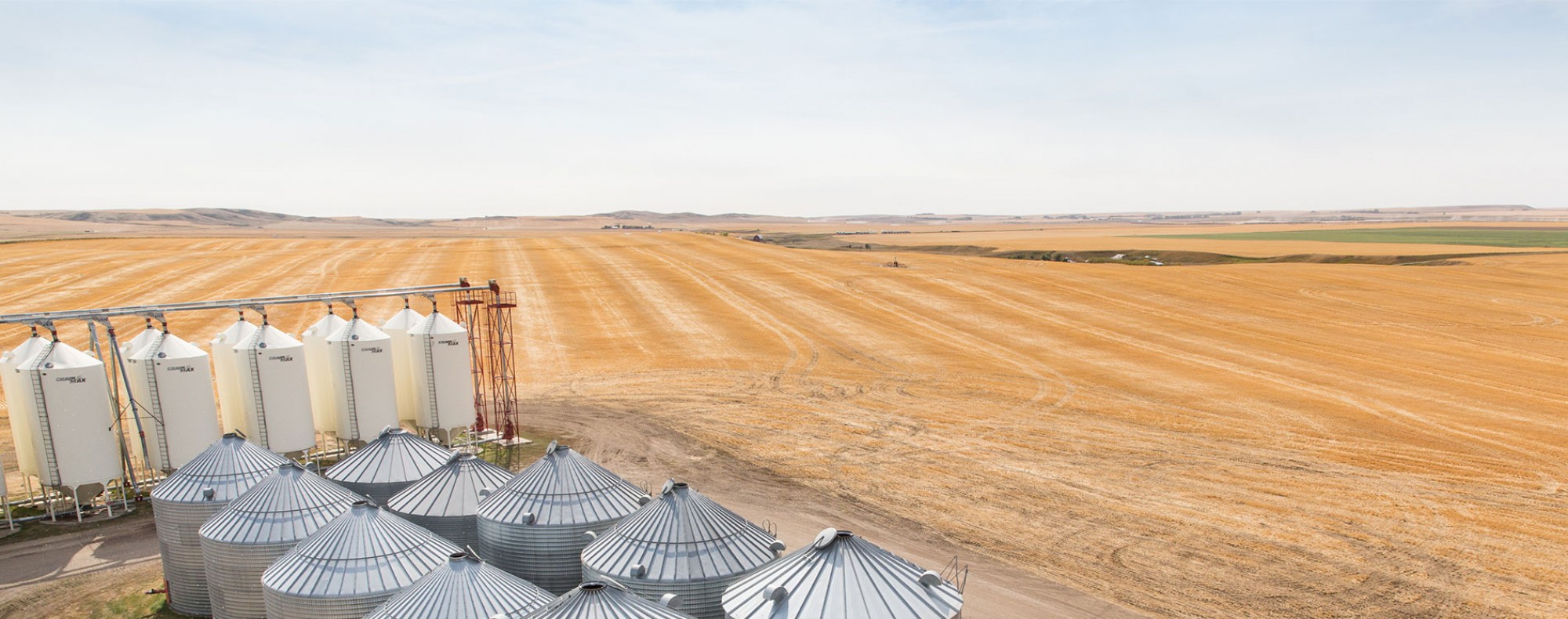Identification of durum wheat germplasm with fast dry down characteristics for early harvest durum breeding
Dr Jatinger Sangha, AAFC Swift Current
Start Date: April 1, 2021
End Date: January 1, 2025
AWC funding: $49,909
Summary:
Wheat is widely grown crop in Canada covering more than 24 million acres in 2019. Among two major wheat classes, Canada Western Amber Durum is the second largest. In 2019, durum was grown on 4.9 million acres. The durum acreage is reported to decrease in 2019, as the demand for Canadian durum is reduced (Stats Canada, 2019). This is probably due to competition from other durum growing countries, quality issue, and other socio-political issues. Continuous efforts are thus required to improve grain quality and end-use functional traits (milling and gluten strength/ extensibility) to compete in the global durum market. One unsolved challenge for durum wheat is related to harvesting which requires optimum level of moisture in straw and grain. Grain harvested at right time has lesser chance of being affected by adverse weather conditions such as rain, temperature, sun, and wind (Nielsen, 2011; Brooking 1990; Calderini et al. 2000). Consequently, timely harvest of a healthy crop brings in desirable returns to the producers. However, harvesting is often difficult to achieve, especially on the Canadian prairies, due to a short growing season and unpredictable weather conditions during harvest. This is impetus for applying preharvest management practices such as swathing or application of a desiccant (eg. glyphosate) for accelerated drying of straw and grains so as to advance the harvesting stage as an alternative to time dependent natural crop maturity. This could minimized with the existence of a varieties with fast dry down characteristics.
